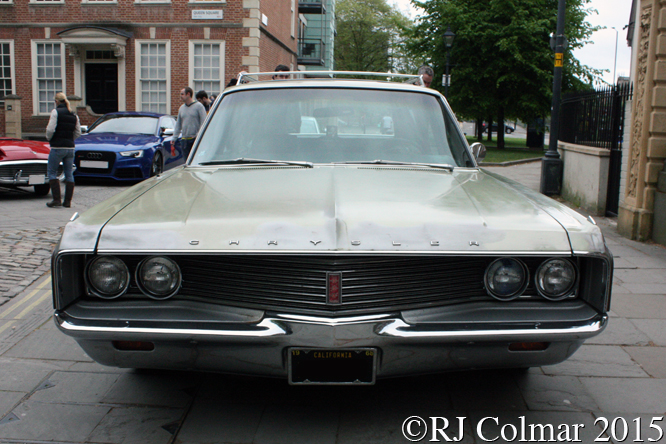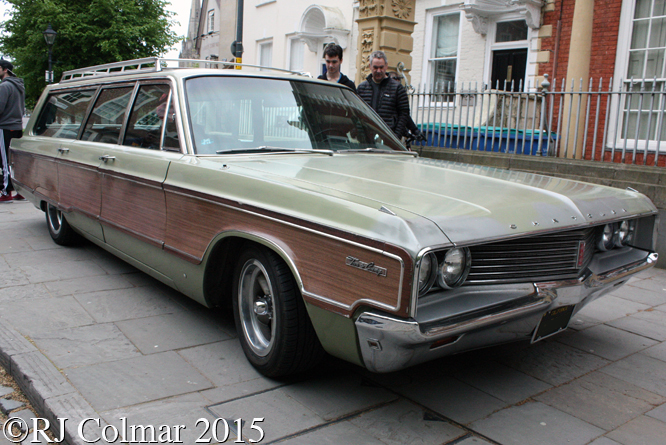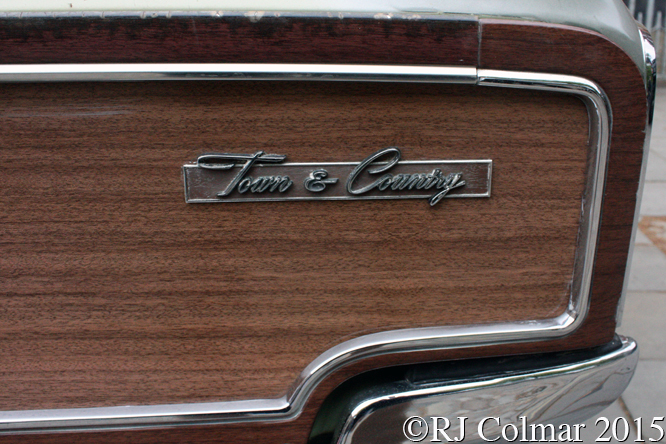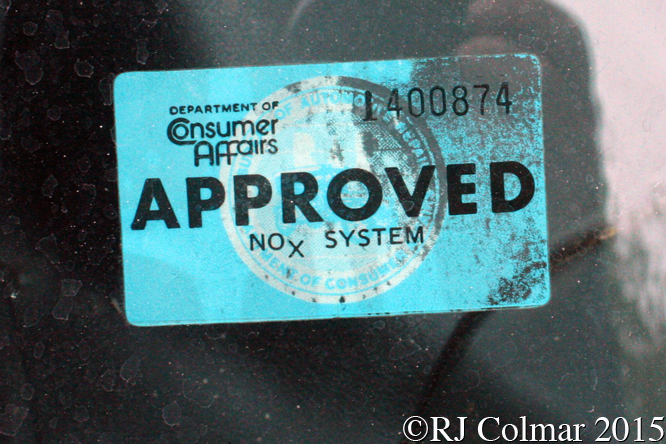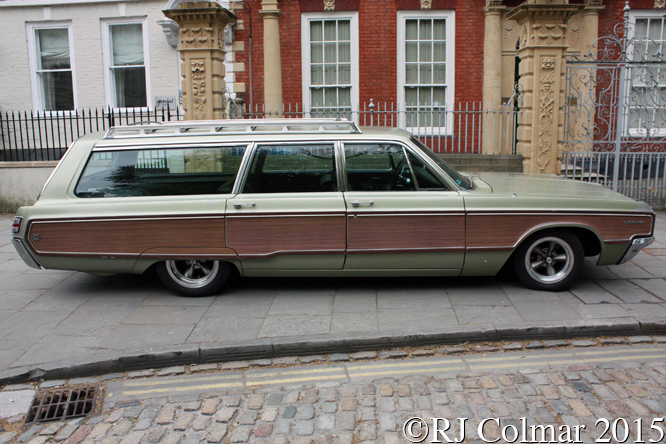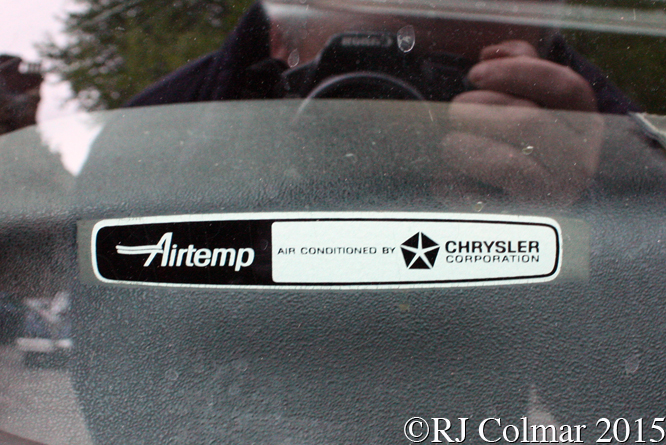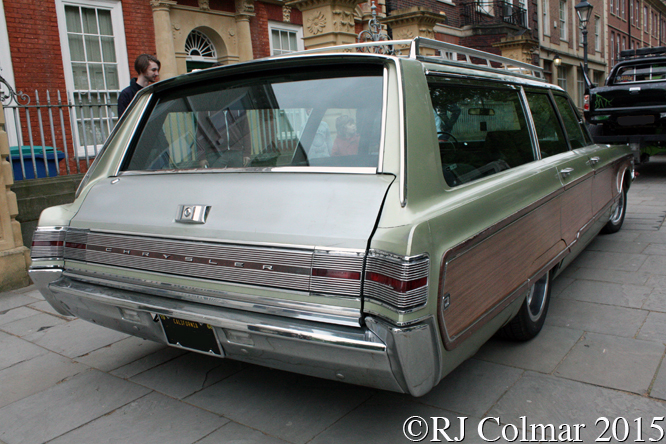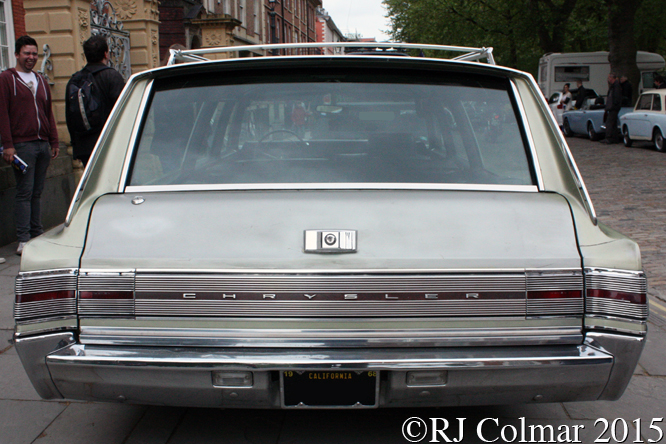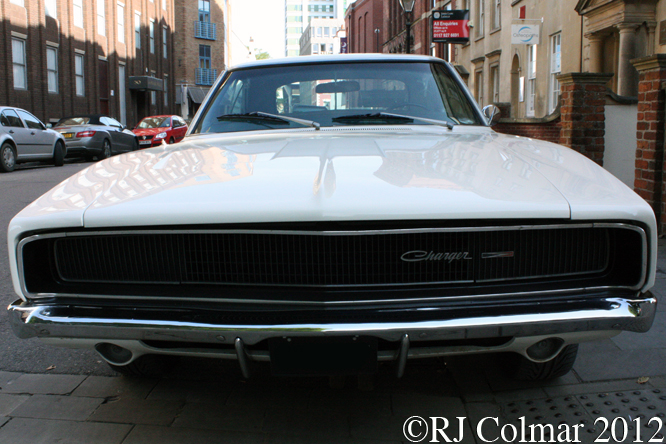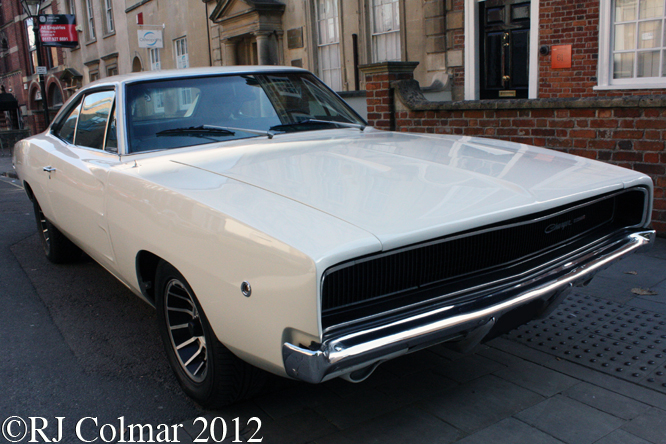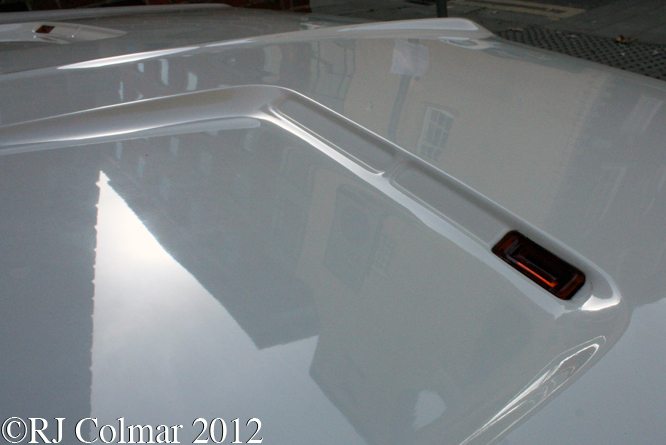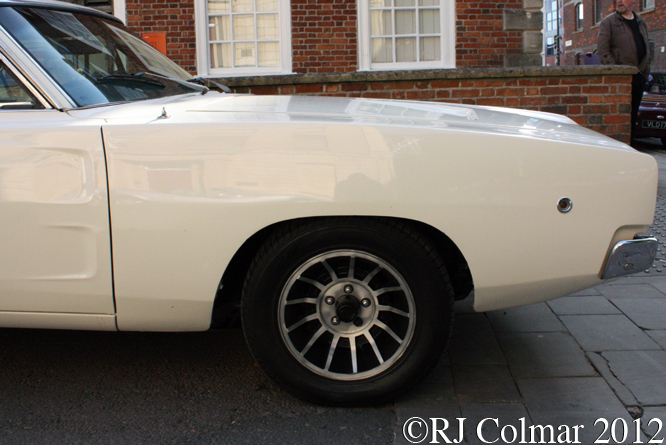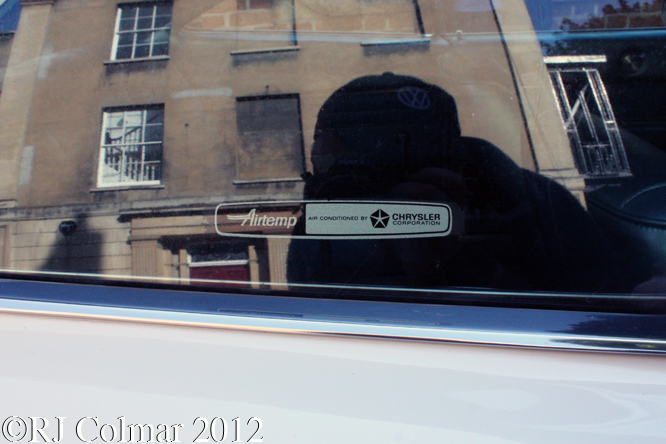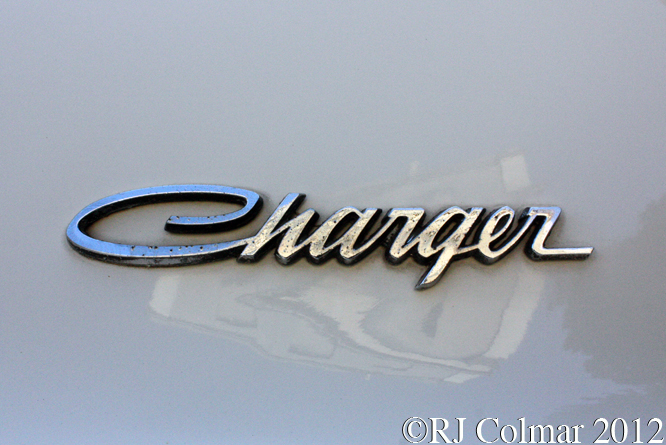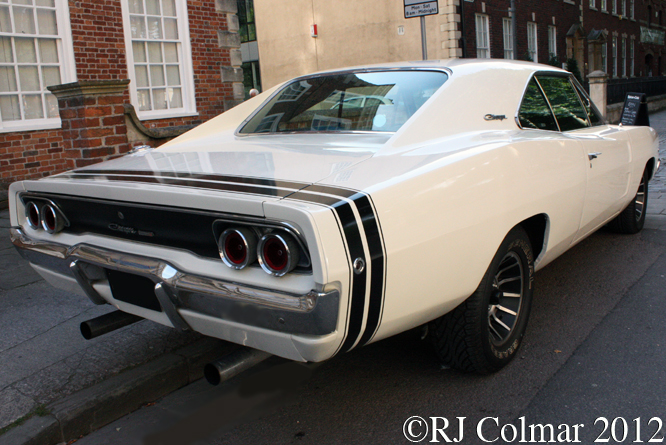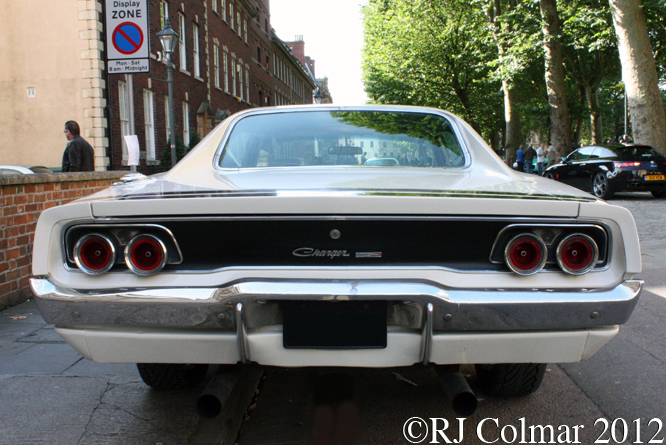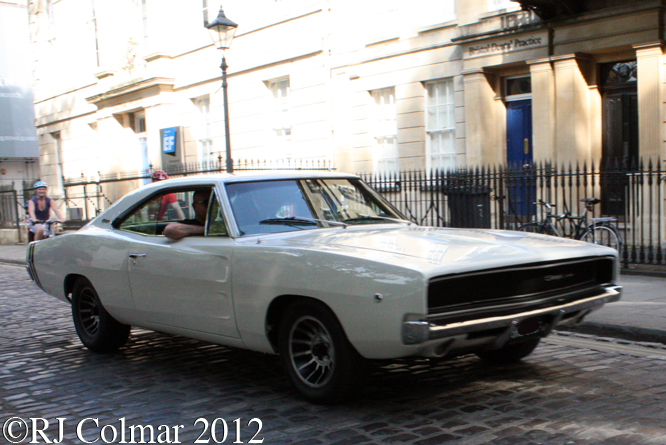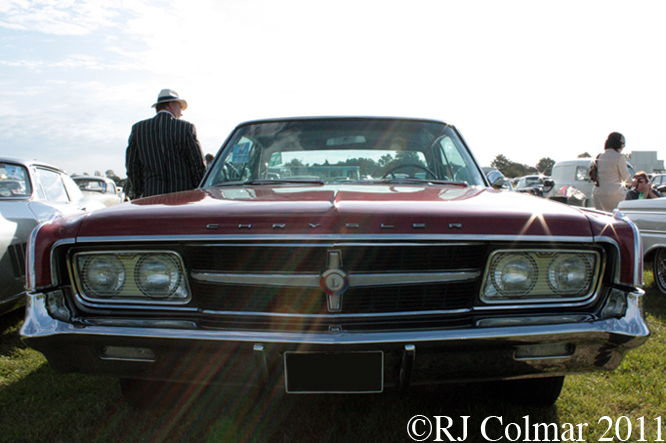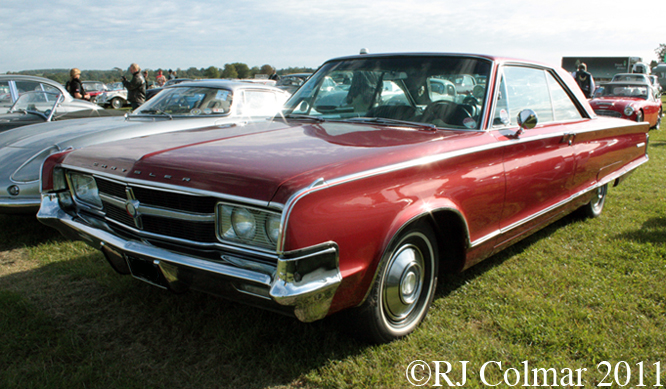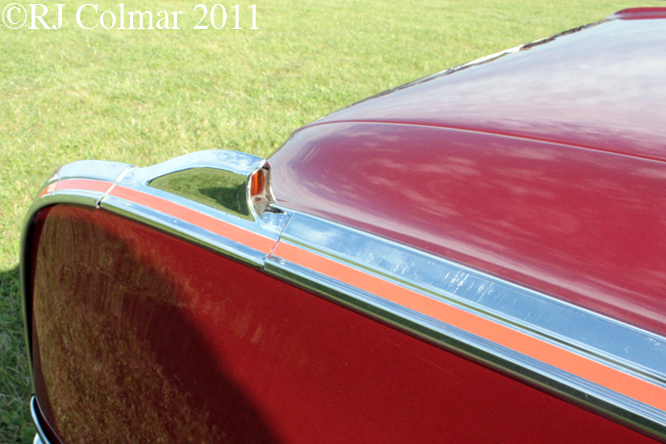In 1913 Domenico Caraceni the father of Italian tailoring founded the bespoke made to measure tailors bearing his name that by the 1930’s expanded to include ateliers in Rome, Milan and Paris and would later count Italian, Greek and British Royalty along with Fiat boss Gianni Agnelli, shipping tycoon Aristotle Onassis, and Hollywood actors including Humphrey Bogart and Cary Grant among it’s clientele.
Domenico named his son after his brother Augusto who opened the Paris atelier and by the time he grew up Dr Augusto Caraceni had acquired a taste for racing the products of Enzo Ferrari, who was ofcourse another Caraceni customer.
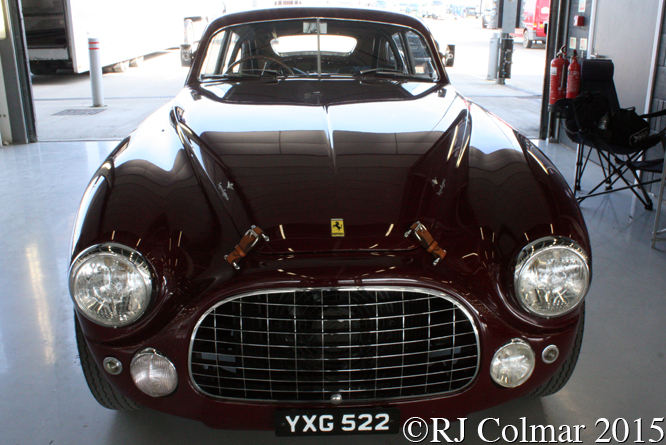
Today’s featured car was the seventh Ferrari 212 Export chassis, of a total 27, to be built the frame being completed on 26th January 1951.
Walter Seghedoni and foreman Amos Franchini oversaw the completion of the rear axle assembley on February 14th and the race tuned engine with triple Weber carburetors on February the 16th.
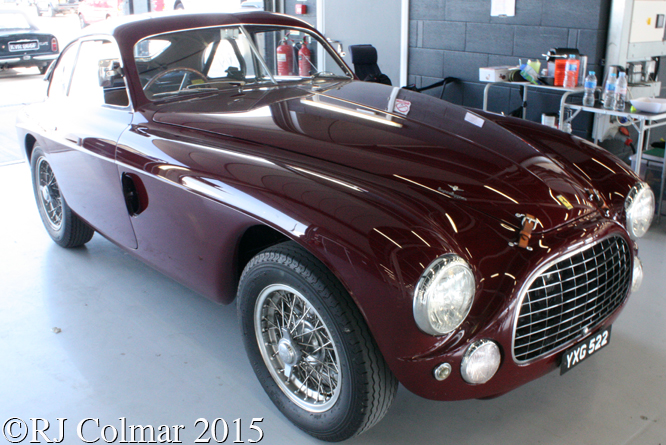
#0088E was the first 212 Export chassis, of a total 4, to receive a Superlegerra Berlinetta body by Touring.
A certificate of origin was issued on the 23rd of February and the next day the car was test driven at the factory.
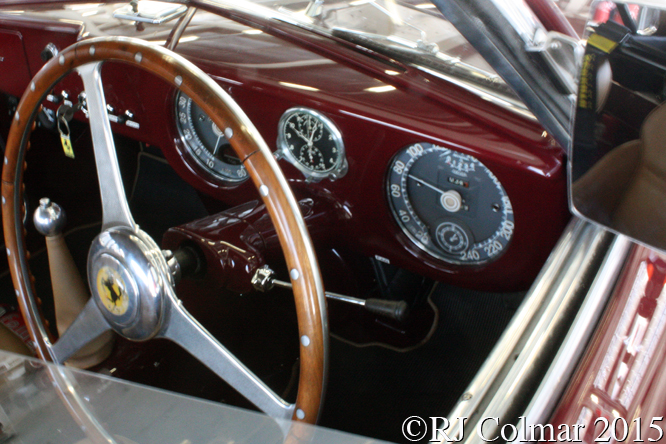
After the car was distributed to dealer Mambretti Sonzogni in Rome it was sold to Dr Augusto Caraceni on 20th April 1951.
In September 1951 Dr Augusto competed with this car on the Stella Alpina Hillclimb where he finished 5th overall and 2nd in class this was his only known competition at the wheel of #0088E.
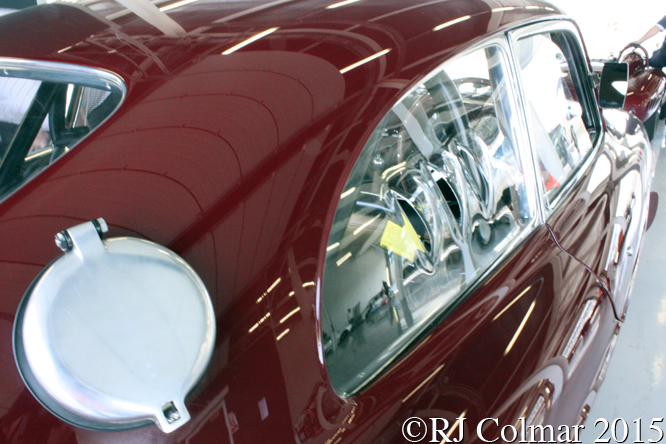
In 1952 Dr Augusto appears to have sold #0088E to Conte Antonio Naselli in order to make way for a more powerful Ferrari 225 Export which he drove in the 1952 Mille Miglia.
Conte Naselli is believed to have driven #0088E on the Giro di Sicilia and Stella Alpina Hillclimb in 1952 though there are no records available to confirm his results. Note the louvered window vents which Touring were using three years later on the body for an 1954 Alfa Romeo 1900 Super Sprint 2 which I looked at some years ago.
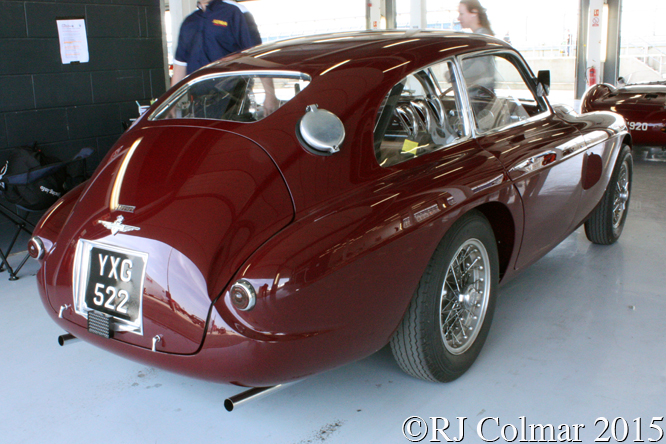
It is believed the Conte had #0088E painted Amaranto as it appears today post a restoration in 2008.
After passing through seven more owners hands in Italy the car was acquired in 1963 by Lowell Musick an employee of the Douglas Aircraft Company in Long Beach California.
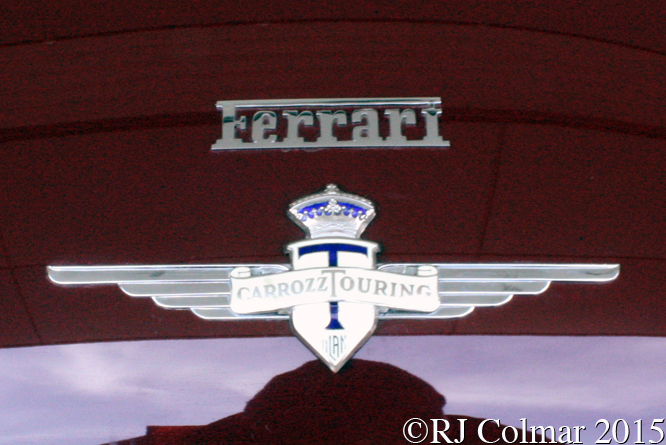
Mr Musick entrusted the mechanical upkeep of #0088E to Charles Betz of Orange, California, a renowned Ferrari enthusiast and owner of many of early Ferrari’s.
While #0088E was in Mr Betz care his business partner Fred Peters took a shine to the car and eventually purchased it from Mr Musick and stored in a controlled state until 2008 when the restoration mentioned earlier commenced.
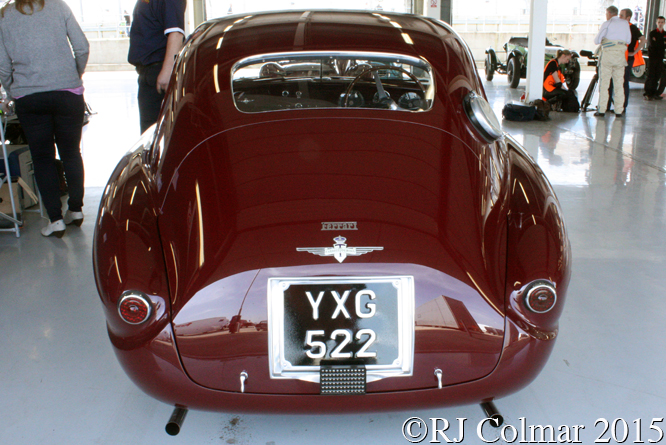
Over a period of six years Steve Beckman’s Metalworks in Costa Mesa took care of the bodywork, Bob Wallace took care of the original 2.5 litre Colombo V12, Cork Adams took care of the wheels, South Bay Chrome looked after the bright work, MoMa the original instrumentation, Pete Engel installed a new period correct naturale lastico upholstery and Charles Betz oversaw the reassembly with a non original slip differential that was fitted to improve safety.
The bills for the above came to an estimated US$600,000 which was recouped in January 2014 when the car was sold for US$3.19 million including buyers premium at Bonhams’ Scottsdale auction to New Haven CT Pemier Classic Car dealer Dennis P. Nicotra of New Haven, CT.
After showing #0088E at Pebble Beach last year, where it was awarded third in class, the car was registered in the UK on the 14th of October presumably in the name of it’s new owner Austrian Martin Halusa.
Five days after these photo’s were taken at the Silverstone Classic Press day Mr Halusa competed on the Tour Auto with Nicola von Donhoff in the co drivers seat of 0088E.
Thanks for joining me on this “Tailor’s Superlegerra” edition of “Gettin’ a li’l psycho on tyres” I hope you will join me for a bus man’s holiday tomorrow. Don’t forget to come back now !
